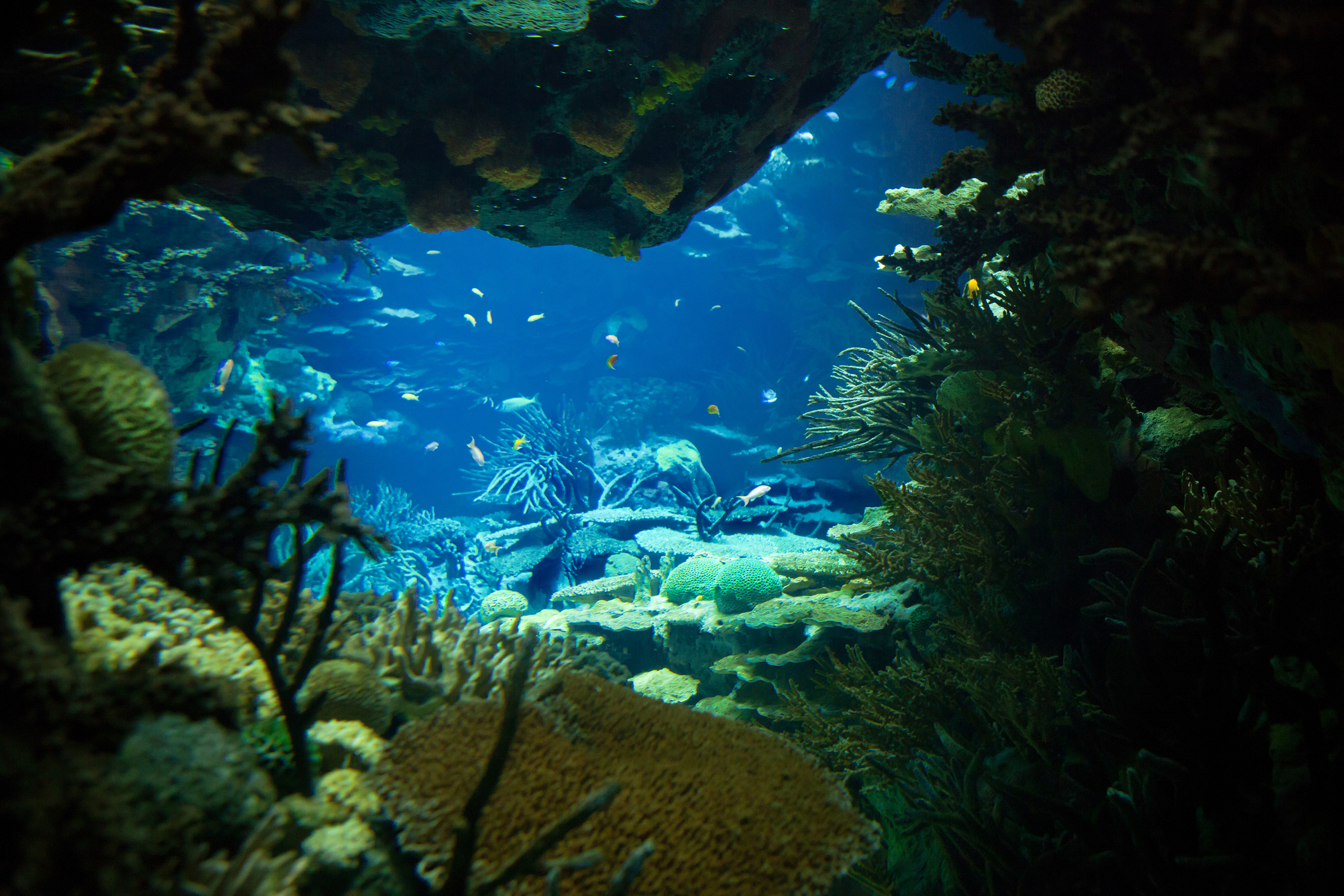As we all learned in 4th grade, more than 70 percent of our planet is covered in water, and we need water to survive. But our oceans are suffering from a number of problems.
Pollution, for example, is a major concern. In fact, the amount of plastic that flows into the ocean every year is expected to almost triple by 2040, reaching a staggering 29 million metric tons.
And that’s just plastic. When you factor in chemicals and sewage runoff, the situation is even more grim. Pollution not only impacts water quality, but also hurts marine life.
The health of our oceans and the animals who live in them are essential for our long-term survival—and IoT is playing a role in the fight to save our seas. Dubbed the Internet of Underwater Things, or IoUT, sensors and other IoT technology are taking the plunge and making a difference for our planet.
4 applications of IoUT
Water quality
There is a lot going on in this area, to help with water quality.
For example, a recent study implemented an IoT communications system to set up a smart water monitoring system using underwater sensors. The system is comprised of a surface buoy, a rechargeable battery, a cell antenna, and underwater connectors and sensors. It measures pH, dissolved oxygen, salinity, temperature, and water depth, all of which is uploaded to a public repository available to scientists around the world.
In another project, the Science and Technology Organization of NATO is using low-cost SPOT Trace (GPS tracking) devices on buoys that float around the Mediterranean and Arctic waters. The devices record surface drift data, which is transmitted via Low-Earth Orbit satellite network.
Data from these types of IoUT systems is invaluable for measuring the impact we have on our oceans and other bodies of water upon which we depend for survival.
Ocean pollution
There are several projects underway focused on using IoT technology to improve the quality of water in our oceans and seas. In one example, a self-operated water craft named the Mayflower Autonomous Ship (MAS) uses Artificial Intelligence (AI) technology to monitor microplastics in the water and the local sea life.
Another company has developed a fleet of underwater robots to collect data on the ocean environment. Waste drones are also being used in smaller bodies of water, such as harbors and ports to remove plastics and other debris. The drones return to a charging pod on a regular basis to recharge and can hold up to 200 liters of waste.
These are just a few examples of how IoUT is paving the way toward improved pollution management and clean-up methods.
Aquatic animal tracking
Tracking animals in our oceans helps protect the animals, the oceans in which they live, and our planet as a whole. Endangered and extinct species hurt our human population as well. When a species dies out, it disrupts the ecosystem and food chain.
In the past, scientists had to catch an animal they had tagged in order to retrieve the data. Advances in IoT underwater technology are overcoming these obstacles. Underwater animal tracking using acoustic tags emit acoustic signals that travel through water better than the traditional radio signals often used on land.
Ocean buoys receive the signals and transmit the data via satellite communications. Companies and researchers exploring this approach, however, must be careful to only use acoustic signals that have reduced intensity and wave frequencies, so they don’t disturb marine animals.
Another exciting development in animal tracking is the use of mobile transceivers. These underwater IoT devices can be placed on larger sea animals. As they swim around, the mobile transceiver not only records data about the animal wearing the tag, but it also picks up the data from any other tagged animal that comes into close proximity.
Pop-up satellite tags are another recent development. These tags detach themselves from the sea animal after a certain period of time and float to the surface, making it easier for scientists and conservationists to collect them.
The data gathered from these underwater Internet of Things devices includes location, temperature, heart rate, and speed of movement. We not only learn about the animals, but we also learn about the aquatic environment in which they live. We can use this data to make better-informed decisions about how to treat our planet wisely.
Protecting endangered species
IoT technology is even enabling the average person to pitch in and help protect endangered species. A conservation project in the Philippines uses an IoT platform that allows fishermen to play a role in improving the population of sea cows.
In case you’re not familiar with sea cows, they are found in the oceans around East Africa to the Western Pacific, and they are officially categorized as vulnerable to extinction. As such, they are legally protected, but they still face dangers from habitat destruction, local fishing, and illegal hunting.
Tracking sea cows from above the water is difficult and costly, but IoT is opening new doors. Local fishermen have been enlisted to take pictures of sea cows while they are out on expeditions using an app on their smartphone. The images are used in conjunction with GPS data to pinpoint sea cow sightings.
The data is used to get a better sense of the sea cow population in a given area, migration patterns, and other important information that can be used to develop more effective plans to protect the species.
A collaborative approach between conservationists and local citizens reduces the cost of species preservation efforts, while delivering more powerful and useful data. Similar efforts can be established to use IoT to protect endangered ocean species more effectively and efficiently.
Challenges of underwater IoT
Every IoT deployment presents its own unique set of challenges, but there are some specific obstacles to overcome when designing for underwater IoT.
One of the main challenges lie in the communications network. Radio communications can be used underwater. However, radio signals lose energy in seawater, so they cannot travel very far.
Acoustic communications (which we mentioned previously for animal tracking) has the benefit of being able to travel longer distances, but it is not as secure (and has the potential to harm ocean wildlife if not used responsibly). Security may not seem to be of paramount importance in certain IoUT applications, but it should never be dismissed. You just never know how someone could maliciously use data until it’s too late.
The answer may lie with light. Underwater optical communications has a larger bandwidth and is more reliable.
Researchers from King Abdullah University of Science and Technology (KAUST) are conducting investigations into simultaneous lightwave information and power transfer (SLIPT) configurations. In a recent experiment, they achieved underwater, two-way data and power transmission over a distance of 1.5 meters. The results show promise for a number of underwater IoT applications. SLIPT could be used to charge devices in hard-to-reach locations and to communicate with underwater robots and IoT devices.
The research team is also working on the possibility of using ultraviolet light and smart underwater optical positioning algorithms to leverage relay devices to extend the communication range of underwater IoT devices.
Power is the other major obstacle in IoUT. Sensors and devices in the depths of the ocean can’t be easily replaced or charged. Researchers at MIT, however, are working on a battery-free underwater communication system. It makes use of vibrations that produce an electrical charge (known as the “piezoelectric effect”) and a communications technique called “backscatter” that reflects modulated wireless signals to transmit data. The system has potential for use in monitoring ocean temperatures, climate change, and tracking marine life.
The team at SDS has always been focused on staying apprised of the latest IoT advances, and we are excited to see the dedication to exploring IoT underwater. You can read more about the innovative work we have done with other clients, and know that we look forward to diving into underwater IoT.

